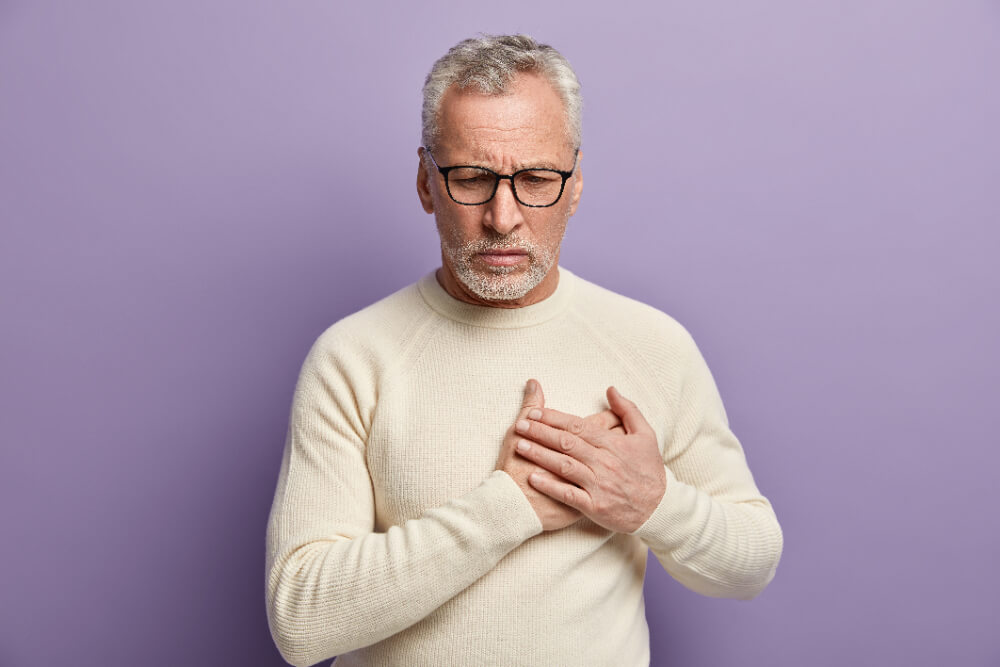Spider Vein Treatment and Its Implications for Heart Attack Prevention
Spider veins, those tiny, web-like blood vessels that often appear on the legs, are a common cosmetic concern. While they may not pose a direct threat to heart health, they can sometimes be a symptom of underlying venous insufficiency, which can contribute to more serious cardiovascular issues.
What Are Spider Veins?
Definition and Appearance
Spider veins are thin, visible blood vessels that resemble a spider web or tree branches. They are commonly found on the legs and face, caused by the dilation of small capillaries beneath the skin.
Causes of Spider Veins
- Genetic Predisposition One major cause of spider veins is genetics. If your family has a history of venous disorders, you are more likely to develop them.
- Hormonal Changes Hormonal fluctuations during pregnancy, menopause, or due to contraceptive use can contribute to the development of spider veins.
- Lifestyle Factors Prolonged standing or sitting, obesity, and lack of physical activity increase pressure on veins, leading to spider veins.
- Sun Exposure Excessive sun exposure, particularly for fair-skinned individuals, can weaken the skin and veins, promoting their appearance.
Connection Between Spider Veins and Cardiovascular Health
Indicators of Circulatory Health
Spider veins may sometimes indicate underlying venous insufficiency, where blood flow back to the heart is impaired. This can result in poor circulation and strain on the cardiovascular system.
Risk Factor for Heart Attack
Although spider veins alone do not directly cause heart attacks, they could signal systemic vascular issues, including high blood pressure and arterial stiffness, which are risk factors for heart disease.
The Impact of Poor Venous Circulation on Heart Health
Poor venous circulation can have a significant impact on overall cardiovascular health. When blood flow is impaired, it can lead to increased pressure on the heart, which can strain the cardiovascular system. Additionally, poor venous circulation can contribute to the development of blood clots, which can travel to the lungs or heart and cause serious health problems.
Spider Vein Treatments
Non-Invasive Treatments
Compression Therapy
- Compression stockings or sleeves improve blood flow in the legs, reducing the pressure on veins and alleviating symptoms associated with spider veins.
Topical Treatments
- Some over-the-counter creams contain ingredients that may strengthen blood vessels and reduce the appearance of spider veins.
Minimally Invasive Procedures
Sclerotherapy
- A popular treatment, sclerotherapy involves injecting a solution directly into the spider veins. This causes them to collapse and fade over time.
Laser Therapy
- Laser treatments use focused light to heat and destroy the affected blood vessels. It is a precise method with minimal discomfort and downtime.
Radiofrequency Ablation (RFA)
- RFA uses heat generated by radio waves to close off and shrink problematic veins. It is highly effective for both spider and varicose veins.
Surgical Interventions
Ambulatory Phlebectomy
- In severe cases, spider veins may require surgical removal through small incisions. This method is often used for larger veins and is performed under local anesthesia.
Vein Stripping
- Although less common today due to advancements in technology, vein stripping involves removing or tying off problematic veins to improve circulation.
Preventative Measures for Spider Veins and Heart Health
Lifestyle Modifications
Regular Exercise
- Engaging in cardiovascular exercises, such as walking or swimming, enhances blood circulation and strengthens the venous system.
Healthy Diet
- Consuming foods rich in antioxidants, such as fruits, vegetables, and whole grains, supports vascular health and reduces inflammation.
Weight Management
- Maintaining a healthy weight reduces pressure on your veins and lowers the risk of venous insufficiency and cardiovascular diseases.
Medical Check-Ups
Monitoring Blood Pressure
- Regular blood pressure checks can help identify hypertension, a significant risk factor for both spider veins and heart attacks.
Screening for Venous Insufficiency
- If spider veins are present, a vascular specialist may recommend tests to rule out deeper venous issues.
Heart Attack Risk Reduction
Recognizing Warning Signs
Symptoms of Heart Attack
- Common symptoms include chest pain, shortness of breath, and sudden fatigue. Identifying these early signs is crucial for timely medical intervention.
Linking Symptoms to Spider Veins
- If you experience venous pain or swelling along with cardiovascular symptoms, consult a healthcare provider promptly.
Integrative Treatment Approaches
Combining Vein and Cardiac Care
- Treating spider veins and improving cardiovascular health often go hand-in-hand. Addressing venous insufficiency can alleviate systemic vascular strain, reducing the likelihood of heart attacks.
Medication Management
- Drugs like anticoagulants or blood pressure medications may be prescribed to manage cardiovascular risks alongside spider vein treatments.
Conclusion
While spider veins may seem like a minor cosmetic issue, their potential connection to cardiovascular health underscores the importance of early detection and treatment. By addressing underlying causes and adopting preventative strategies, individuals can reduce their risk of both spider veins and heart attacks. Collaboration between vein specialists and cardiologists is essential for comprehensive care that promotes overall vascular health.
Reach out to our Spider vein treatment options to prevent heart attack (972) 875-4700 Or visit us https://specialtycareclinics.com/locations/ennis/


